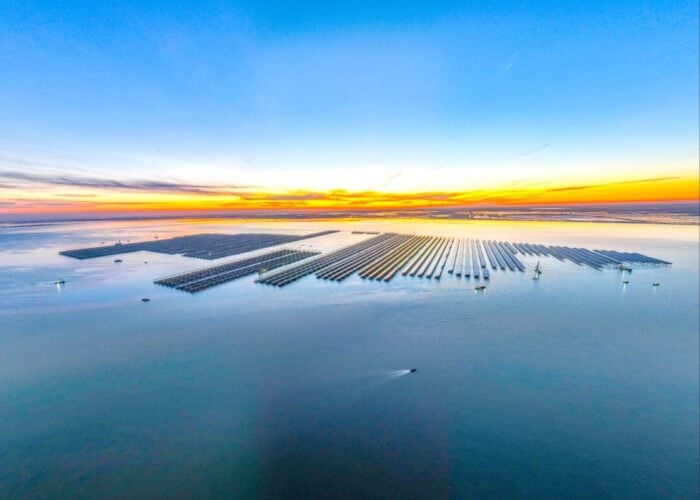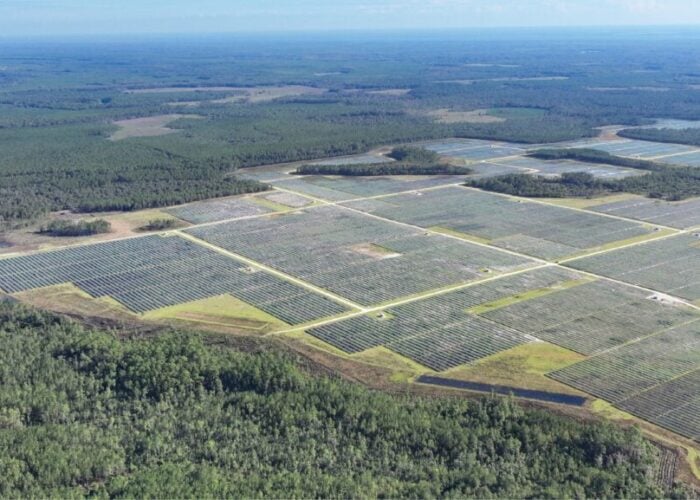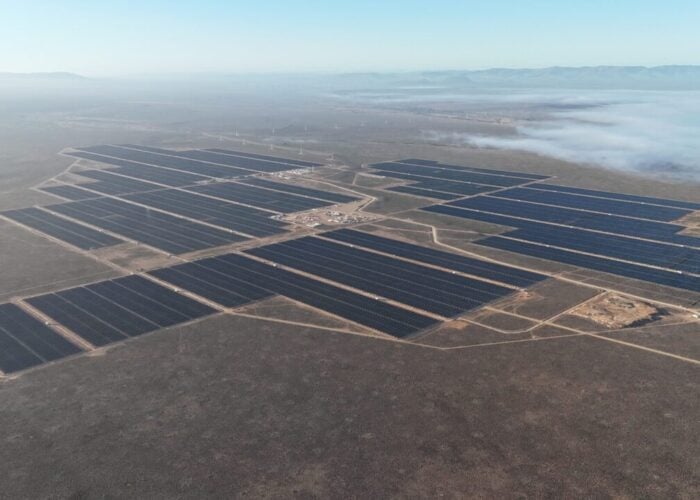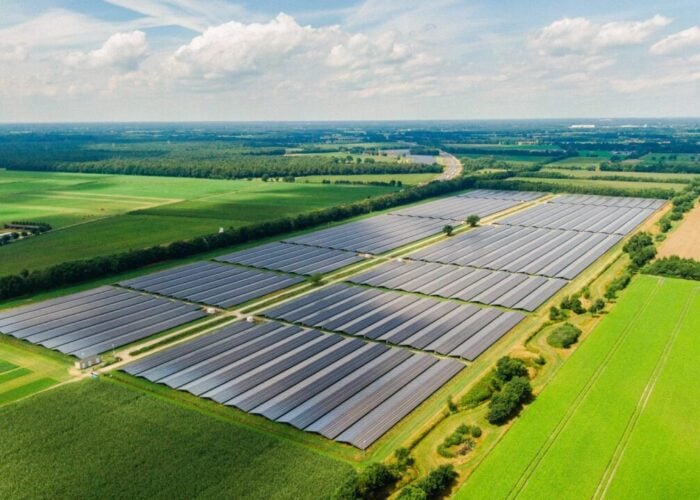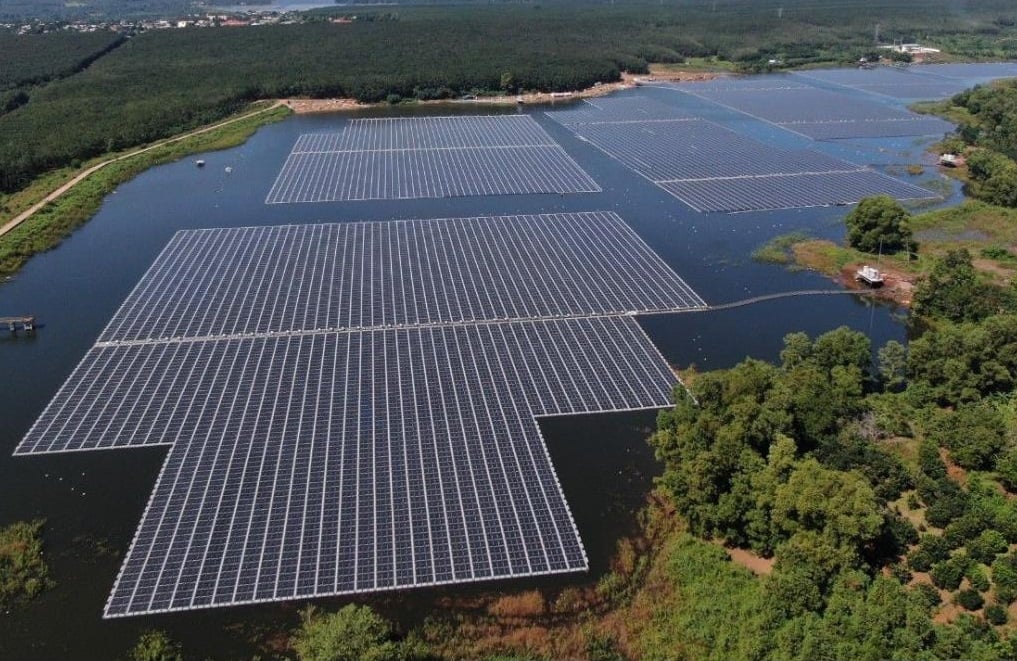
DNV has released the world’s first recommended practice (RP) for floating solar projects to help reduce risks for developers and increase investor confidence in the segment.
The RP aims to offer guidance for accelerating the development, operation and decommissioning of floating PV (FVP) plants, while providing insight on how policymakers can support the technology’s growth.
Try Premium for just $1
- Full premium access for the first month at only $1
- Converts to an annual rate after 30 days unless cancelled
- Cancel anytime during the trial period
Premium Benefits
- Expert industry analysis and interviews
- Digital access to PV Tech Power journal
- Exclusive event discounts
Or get the full Premium subscription right away
Or continue reading this article for free
DNV’s joint industry project was launched last year and has brought together 24 industry players – including Baywa r.e., EDP, EDF, Scatec and Ciel & Terre – to review all aspects of developing floating solar projects on inland and near-shore waters.
The RP focuses on five key topics: site conditions assessment, energy yield forecast, mooring and anchoring systems, floating structures, permitting and environmental impact.
DNV project manager Michele Tagliapietra said the RP aims to share knowledge and develop best practices to “increase quality, increase trust and to consolidate this market to more than just a fast-booming niche and to fully harness the huge potential”.
According to DNV, installed floating PV capacity globally increased from just 10MW in 2015 to 2GW at the end of last year. While some Asian markets such as China have made significant progress with the development of scores of utility-scale projects, the technology has yet to be embraced globally, in part due to bankability issues and a lack of track record in fields such as operations and maintenance (O&M) data.
These are some of the challenges that the RP practice aims to address, while providing insight into the technical complexity of building and operating on water, especially in terms of electrical safety, anchoring and mooring issues, as well as O&M.
“Floating solar is an untapped, fast-growing technology with huge potential and I hope this recommended practice will drive the adoption and scaling of this technology to accelerate the pace of the energy transition,” said Ditlev Engel, CEO of Energy Systems at DNV. “With collaboration from leading companies around the world, it provides critical reassurance to the likes of investors and governments as well as leaders from across the energy industries that we are able to transition faster to a clean energy future.”
While the RP focuses on FPV projects at inland and near-shore water bodies, the document can still be applied to offshore developments, which Tagliapietra expects to be commercially viable in “three to five years”. He said when the offshore floating PV market is more developed, the RP could be expanded or another document may be created focused on that segment.
According to DNV, publication of the initial RP is the first step towards full standardisation and certification for the floating solar sector. The document can be used to verify and validate a project or product, but it can’t be used for certification.
Tagliapietra predicts full standardisation for FPV could take up to five years, depending on how industry players implement best practices. “The companies involved in floating solar are really striving for quality and they want to improve their practices… So I think the industry itself is going in the right direction.”
The recommended practice can be downloaded here.

